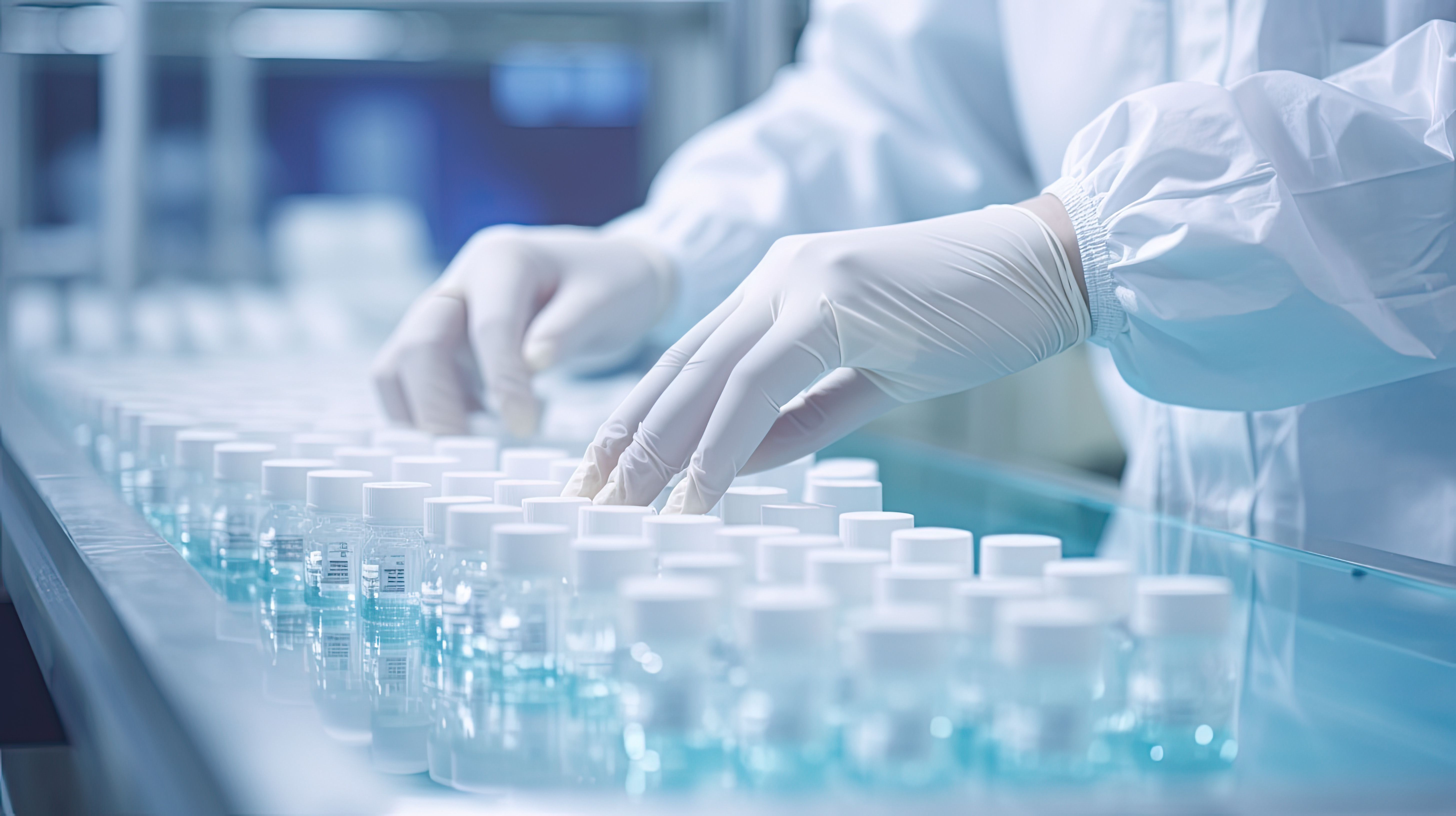Key Points
- Biosimilars, with potential benefits for competition and health care cost reduction, face challenges in achieving sustainability in Europe.
- A misconception that all biologics facing loss of exclusivity (LoE) will automatically have biosimilar competition is challenged. One in 3 high-sales biologics expected to lose exclusivity lack a biosimilar candidate due to high development costs.
- Long-term projections anticipate a significant decrease in the average number of biosimilars in development, particularly in oncology.
Biosimilars have the potential to increase competition, reduce health care costs, and improve patient access to biologic treatments; however, there are challenges that need to be addressed to achieve sustainable levels of biosimilar competition in Europe, according to a recent IQVIA report.
The report outlined the nuances of biosimilar development regarding biologics about to undergo loss of market exclusivity (LoE), particularly in markets that are likely to have biosimilar competition or cannot support a biosimilar.
IQVIA reported that the European Union could miss out on a minimum of €15 billion in cost savings from a lack of biosimilars for biologics about to lose exclusivity, which could have implications for overall treatment cost efficiency gains and medication availability.
“The findings challenge the perception that all biologics facing LoE will automatically receive competition from biosimilar medicines, and expectations for the classical lifecycle curve for pharmaceuticals in the future…. By providing a valuable and timely understanding of biologic LoE events, the biosimilar pipeline, and competitive dynamics, this report guides health care stakeholders in making informed decisions to prepare for the future and maximise the opportunity ahead,” the authors wrote.
Although savings for biosimilars reached €30 billion in 2022, trends show that 1 in 3 of the 26 high-sales biologics anticipated to lose exclusivity in Europe in the next 10 years do not have a biosimilar candidate in the pipeline, suggesting that high development costs and regulatory barriers are keeping companies from wanting to invest in biosimilars. In the long-term, the average number of biosimilars in development is projected to drop from 2.19 per molecule to 0.43.
This trend is primarily driven by reduced development in oncology due to escalating costs and time constraints. Biosimilar sustainability is especially challenging for products projected to have less than €500 million in annual sales in Europe at expiry, which constitute 76% of biological medicines facing loss of exclusivity in the next decade, only 7% of which are expected to face biosimilar competition. The lack of biosimilars for these products could result in €8 billion in missed savings.
The analysis suggested that low-sales products represent almost 50% of the total missed opportunity in Europe. Variable uptake and reimbursement rates, as well as life-cycle management strategies and intellectual property considerations, also impact the competition landscape for biosimilars in the low-sales segment.
Over the next decade, a majority of biologic LoE events will be in oncology (24%), followed by immune system (11%) and blood disorders (10%). Biosimilar development programs primarily focus on oncology, immunology, and ophthalmology, which collectively represent 41% of all originator products facing LoE by 2032 and attract 91% of the biosimilar pipeline. In the next 5 years, oncology will dominate biosimilar development (44%), while immunology and ophthalmology will account for 45%. However, in the long term (2027 onward), the average number of biosimilars in development will decrease significantly, especially in oncology, dropping from 4.3 to 1.2 candidates per molecule.
Orphan medicines also face challenges in biosimilar pipeline availability and development. In 2022, 63% of medicines with an active orphan status in Europe were biologics, reflecting a growing trend. While 34% of orphan biologics are expected to lose exclusivity by 2032, only 1 orphan biologic (eculizumab) has attracted biosimilar development, constituting less than 3% of the total cohort.
Limited biosimilar development for orphan biologics is attributed to the small commercial opportunity and economic challenges. Among orphan biologics facing LoE by 2032, 74% had sales below €100Mn in 2022, making their commercial viability less attractive compared to non-orphan biologics.
Combination therapies containing 2 or more biologic medicines, especially those containing high-value monoclonal antibodies, introduces more barriers for biosimilar developers due to the high costs, feasibility challenges, and unpredictable commercial opportunities. For example, current EMA guidelines demand adequately powered clinical studies to demonstrate equivalence in the add-on effect of the biotherapeutic in combination, amplifying study population and costs for reference product samples.
The report suggested several potential solutions to address the lack of biosimilars in development for biologics losing exclusivity in the near future, including:
- Increasing physician and patient education about biosimilars
- Developing clear and consistent regulatory guidelines for biosimilars
- Encouraging the use of biosimilars through incentives and policies
- Increasing competition among biosimilar manufacturers
- Improving the efficiency of the biosimilar development process
- Increasing global coordination on biosimilar development and regulation
The authors concluded, “Failure to address the barriers to biosimilar development is likely to increase the financial burden of European health care systems while reducing impact to improve patient access…. Progress toward a more sustainable biosimilar market requires re-assessment of current European and global regulatory and market access frameworks to facilitate a more even market penetration of biosimilar medicines across all areas where biologic medicines exist.”
Reference
IQVIA. Assessing the biosimilar void: Achieving sustainable levels of biosimilar competition in Europe. IQVIA website. Published October 2023. Accessed November 29, 2023. https://www.iqvia.com/insights/the-iqvia-institute/reports-and-publications/reports/assessing-the-biosimilar-void

